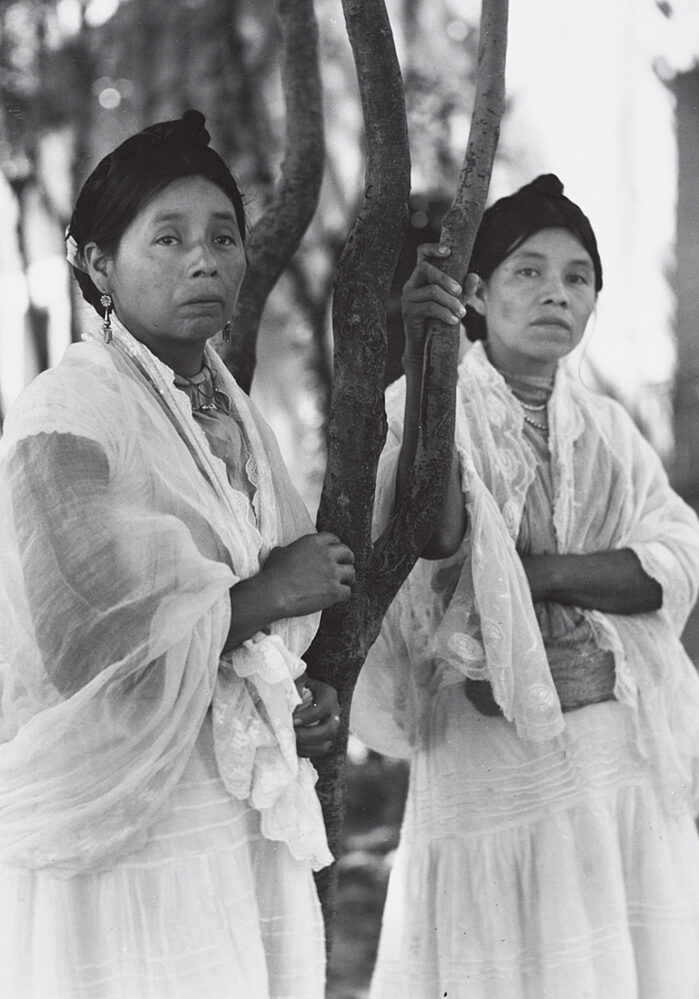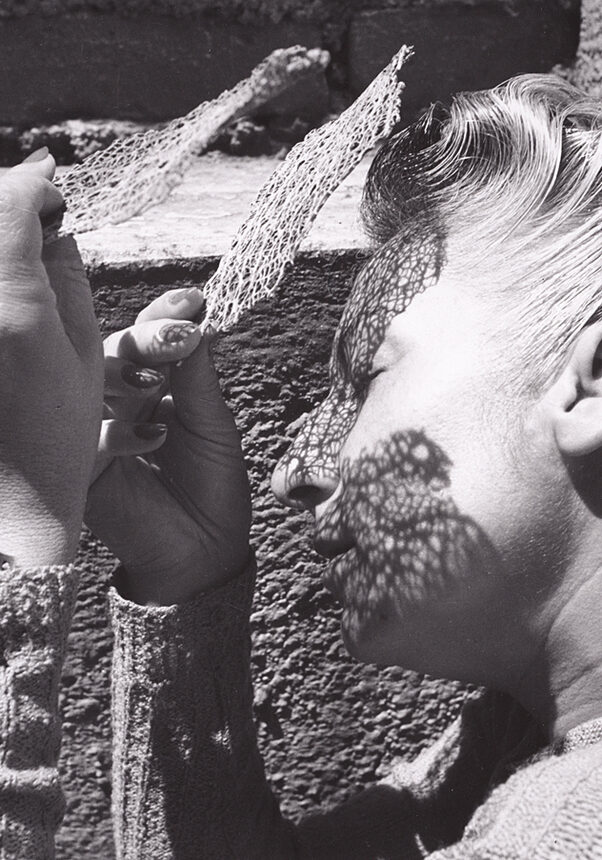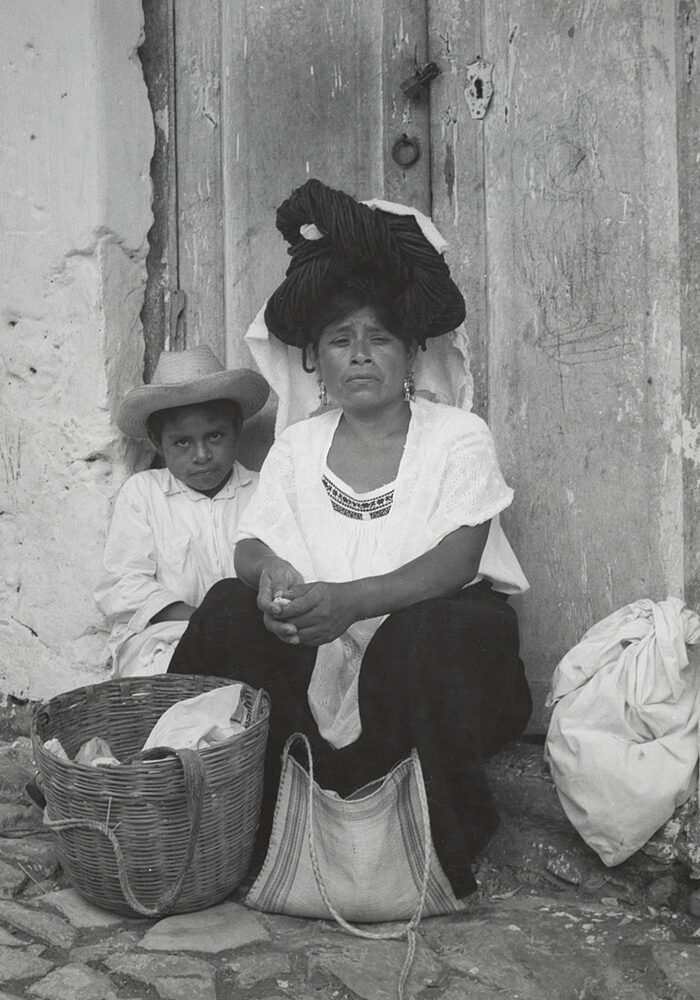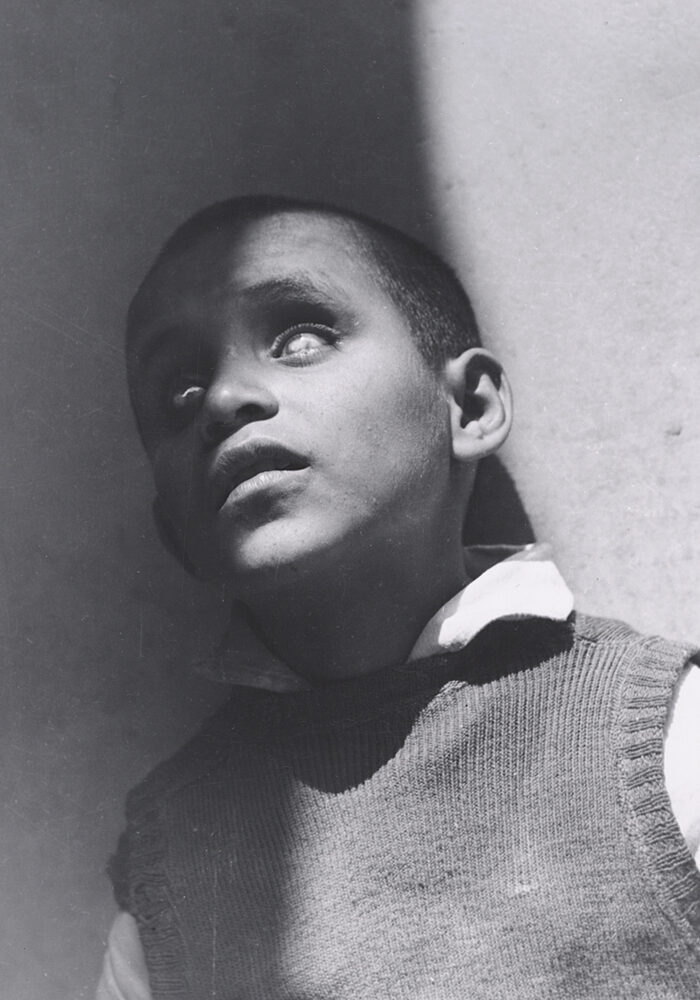By Manuela Gomez Rhine

If my photographs have any meaning, it's that they stand for a Mexico that once existed.
Lola Álvarez Bravo
Sometimes you fall in love with a place because you connect with the perspective of an artist, writer, or journalist who loves the place too. Through their works you enter a world that captures your heart. You see what they see. Feel what they feel. If you've never been to New Mexico, for instance, the artist Georgia O'Keeffe may bring it alive through her electric pink, purple, and green landscapes. After visiting the U.S. Southwest, you might still remember the magical land through her gaze.
Long ago I fell in love with the Mexico captured through the lens of Lola Álvarez Bravo. The Mexico of my father.
Manuel Gomez Boo was born in Tampico in 1921 during the advent of a new emerging Mexico. The nation was on the cusp of a transformation born from the rural and indigenous people who had persevered and won back their self determination during the country's 1910-1920 Revolution.
Álvarez Bravo began documenting this Mexico in the 1930s as the primary photographer for a magazine called El Maestro Rural - a left-leaning government educational publication aimed at the many new teachers hired to educate rural and indigenous students. Its pages featured pedagogical essays, lyrics to popular ballads, and news about openings of schools. Álvarez Bravo took this job after leaving her marriage to renowned photographer Manuel Álvarez Bravo.




Then in her thirties with a small son, Álvarez Bravo traveled around Mexico, often to remote locations, to document with her camera schools, orphanages, hospitals, farms and factories. She developed a sharp eye for place and landscapes. She learned to photograph people honestly without sentimentality, to capture the subtle moments of everyday life among Mexico's poor and indigenous people who had in the past not received much attention from the government or upper classes.
While my father Manuel's family was not crushed by poverty, they lived in decidedly modest circumstances in the Gulf Coast state of Tamaulipas. I have few photos of my father's childhood. Álvarez Bravo's images therefore provide insight into my father's young life. When looking at Álvarez Bravo's photos, I think, Manuel may well be the baby sleeping on a burlap sack atop a cobbled street beneath an open black umbrella. Or among the rows of children sunbathing upon long concrete steps. Perhaps he encountered in real time the clutch of women, their heads covered by white rebozos, kneeling before a church entrance. Álvarez Bravo's photographs of 1930s and 1940s Mexico provide a glimpse into the long ago Mexico that Manuel had himself inhabited.
Álvarez Bravo said she wanted her work to stand as a denunciation of the poverty plaguing Mexico despite the progressive politics of the President Lazaro Cardenas and the victories of the Revolution.
"My commitment is to guard and conserve the beauty of the race and to make the people who cause their misery to feel embarrassed when confronted with the Indian's poverty, abandonment, slow and terrible death," Lola Álvarez Bravo said. "I believe that I am obligated to expose a reality for which we are all at fault."
Álvarez Bravo brings to mind another female photographer I admire. The American Dorothea Lange. Four years older than Álvarez Bravo, Lange documented poverty during the 1930s U.S. Depression for the U.S. Government. For her this job as well provided a means to support her family during difficult times. Her most recognized image, Migrant Mother, was published in 1936, during the same time that Álvarez Bravo was documenting rural life and everyday Mexicans to bring attention to their circumstances.
Because of Álvarez Bravo, my father's Mexico is not entirely lost to me. She preserved a time and culture just as had Dorothea Lange. These photographs continue to hold meaning and insight into the lives of our ancestors.
You can see more of Álvarez Bravo's work in the online gallery at the University of Arizona Center for Creative Photography. https://ccp.arizona.edu